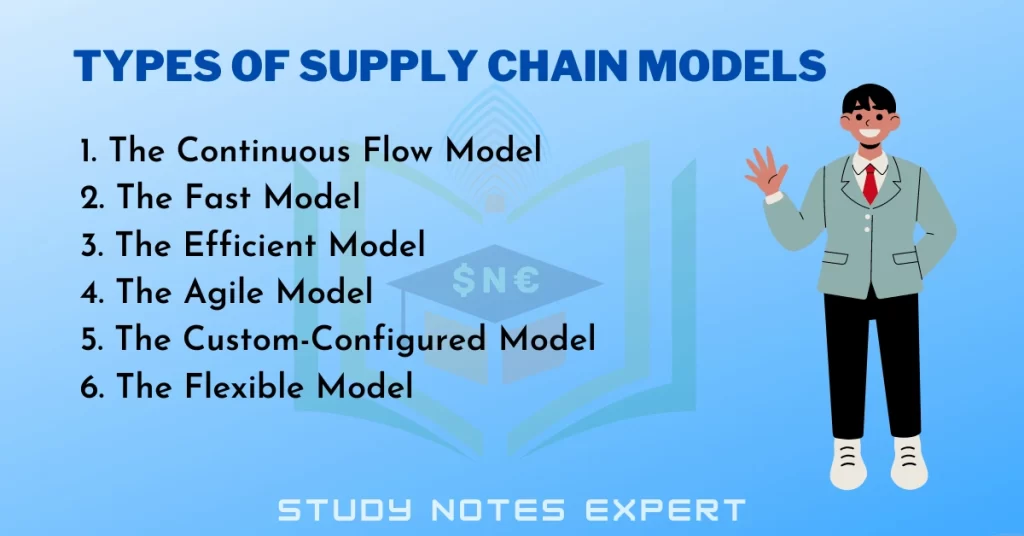The supply chain plays a vital role in running a business. It involves a network of organizations, technology, resources, and activities to ensure the smooth production of goods and selling to the final consumer. In simple words, the supply chain is the process of manufacturing and selling goods, including the supply of raw materials to manufacture the goods and distribution to the end user. There are various types of supply chain models and different kinds of businesses adopt different models.
A well-managed supply chain helps companies to reduce high costs and deliver products more efficiently and quickly. Companies who want to succeed in the long run have to ensure a seamless supply chain. If you are thinking of starting a company that involves supply chain management at large, make sure to enroll in the logistics and supply chain management course.
Get a better understanding of supply chain management before you suffer a hefty loss. But for a brief overview, we would like to elaborate types of supply chain models followed across the globe. Let’s take a look at it.
Major 6 Types of Supply Chain Models for Smooth Business Flow

These are the major and essential types of supply chain models that are very effective for distribution channels.
1. The Continuous Flow Model
The continuous flow model is one of the oldest supply chain models followed by companies that produce the same goods repeatedly to meet customers’ demands with a slight difference. The model works well where demand and supply are stable.
An example of a continuous flow model includes fast-moving consumer goods such as toilet paper, soap, beverages, and toothpaste. PepsiCo is one of the examples following The Continuous Flow Model to manage consumer demand without any fluctuation in demand despite market conditions.
2. The Fast Model
The Fast Model involves businesses making finished products that are highly popular among consumers and with a short market lifespan. The supply chain model is suitable for businesses changing products frequently and ensures quick delivery before the trend declines. This type of supply chain model is very effective.
Some of the examples involve clothing, fashion accessories, shoes, and activewear. Nike is one of the examples involved in frequent changes in their products, including shoes and activewear. Once the trend declines, Nike sets up a new supply chain for the next inventory of products.
3. The Efficient Model
The model is suitable for highly competitive industries with tight profit margins. However, this model requires relatively high efficiency to strive in the market and gain a competitive edge. The Efficient Model prioritizes inventory to yield maximum output from labor and production equipment.
For instance, a cereal-making company IBCA uses the same model to make products similar to competitors with the same target customers. With tight margins in profit and high competition, IBCA will reduce the supply chain’s cost and ensure vendors are not short of stock.
4. The Agile Model
The Agile Model is suitable for businesses producing specialty items and demands extra care in the supply chain. This supply chain model requires high expertise in transporting goods and does not involve any technology or automation. Companies following the agile model may charge a premium price for the services. ZARA, the most popular clothing brand, is a good example of the agile model and it is the most popular type of supply chain model.
5. The Custom-Configured Model
The custom-configured model is another supply chain model that involves both continuous flow and agile models. It is suitable for businesses selling customized products to customers according to their demand. The custom-configured model is best practiced by L.L Bean, which offers customers to customize backpacks before buying. The company has to ensure and be prepared for when a certain customization option becomes more or less popular.
6. The Flexible Model
The flexible model is best suited for businesses that have to face extremely high and extremely low demands for products at particular times of the year. Companies have to adjust according to the high demand for the product at a particular time of the year, followed by little to no demand.
One of the examples involves Staples, which has to go through high demand during back-to-school days compared to the rest of the year.
Conclusion
Supply chain helps in processing goods and services from manufacturers to the buyers. Various models helps in this process. These can be conventional as well as modern. Various types of supply chain models have been studied in the previous section.

